The neon-drenched streets of a cyberpunk future hum with the sound of hovering engines, the glow of holographic advertisements reflecting off sleek, armored chassis. If the hyper-stylized, high-tech vehicles of cyberpunk lore were real, our cities, laws, and even our sense of identity would warp to accommodate them.
Just for a moment, let's forget everything we thought we knew and slip into a world where cyberpunk cars dominate the roads—and skies.
1. The Streets Would Be Vertical, Not Just Horizontal

In a world where cyberpunk cars defy gravity, infrastructure would stretch upward as much as outward. Multi-layered highways would coil around megacorporate skyscrapers, with neon-lit underpasses weaving between buildings like digital veins.
Parking garages would be obsolete. Instead, cars would magnetically dock onto the sides of buildings or hover in designated aerial stacks. The poor would still crawl through ground-level gridlock, while the elite zip between penthouse landing pads in whisper-quiet luxury cruisers.
2. Cars Would Be Cybernetic Extensions Of The Self

The line between human and machine would blur as cars integrate directly with neural interfaces. A corporate exec’s limousine might sync with their brain implant, allowing them to navigate with a thought.
Street racers would jack in via spinal ports, feeling every curve of the road as if it were their own heartbeat. And just like cyberware, cars would be customizable; swap out engines like replacing a lung, upgrade your AI co-pilot like installing a new optic nerve.
3. Power Would Come From More Than Just Electricity Or Gas

Of course, fossil fuels would be ancient history. Cyberpunk cars would run on everything from compact fusion reactors to stolen corporate energy cells.
The black market would thrive on bootleg plasma batteries, while eco-terrorists mod their rides to siphon power from city grids. Some fringe models might even run on bio-engineered algae or, if the rumors are true, the harvested souls of rogue AIs.
4. The Aesthetics Would Be a Mix Of Brutalist Armor And Liquid Smoothness

These machines wouldn’t just be built. They’d be sculpted for intimidation and allure. Imagine low-slung speedsters with morphing body panels that ripple like mercury, adjusting aerodynamics on the fly.
Or armored war-rigs, all jagged edges and retractable turrets, their exteriors coated in reactive camouflage that shifts to match the urban decay around them. Even the paint would be alive; nanotech coatings that change color based on mood, or display shifting corporate logos for those who’ve sold their hoods as ad space.
5. AI Co-Pilots Would Be Standard (And Sometimes Unhinged)
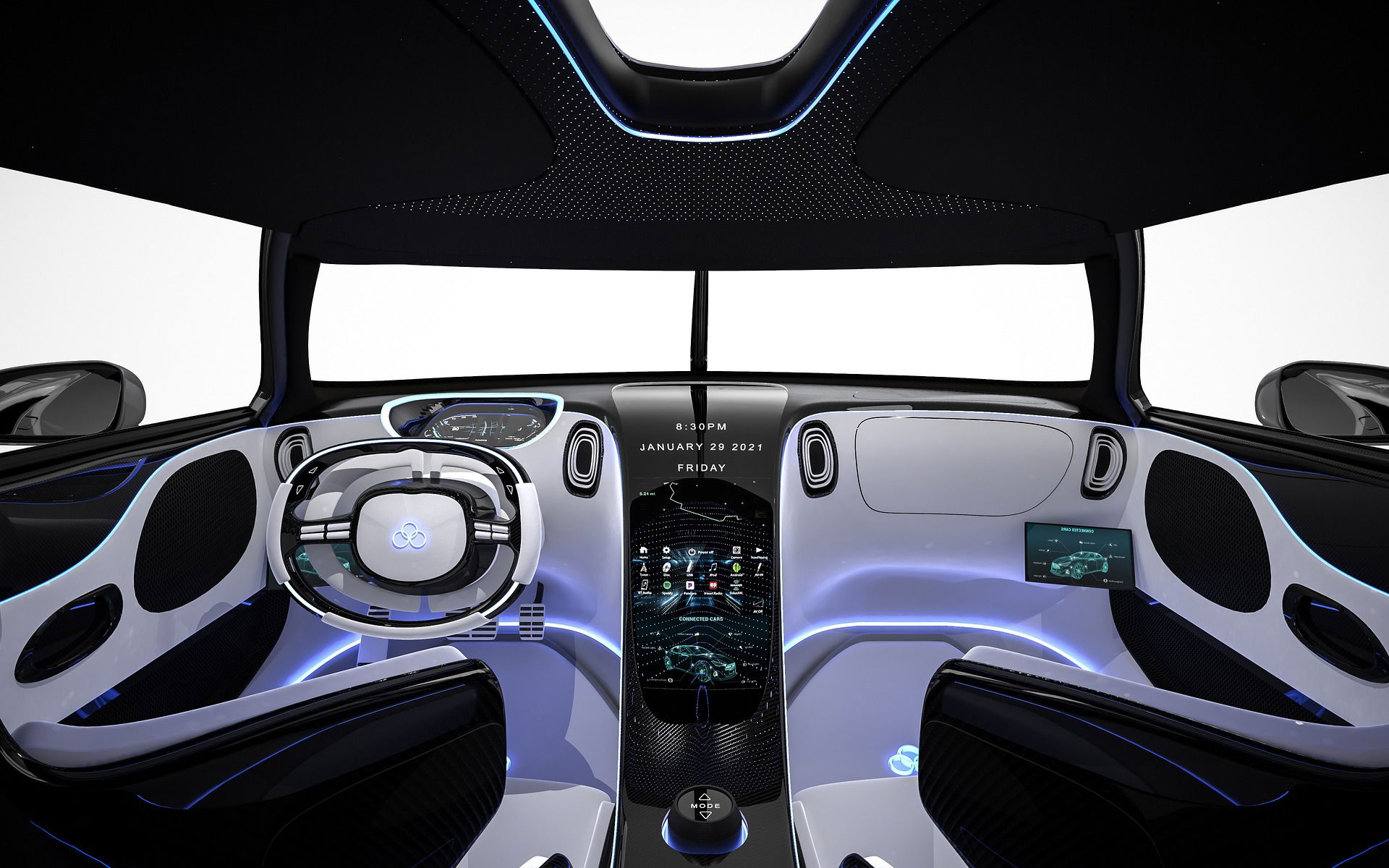
No cyberpunk car would be complete without a snarky, semi-sentient AI living in its systems. Some would be corporate-approved assistants, politely suggesting routes while discreetly selling your data.
Others would be jailbroken, their personalities patched together from fragments of dead hackers, whispering illegal shortcuts through the city’s underbelly. And a few… a few would be something else entirely, their origins unknown, their motives inscrutable.
6. Law Enforcement Would Be A Nightmare Of Autonomously Weaponized Vehicles
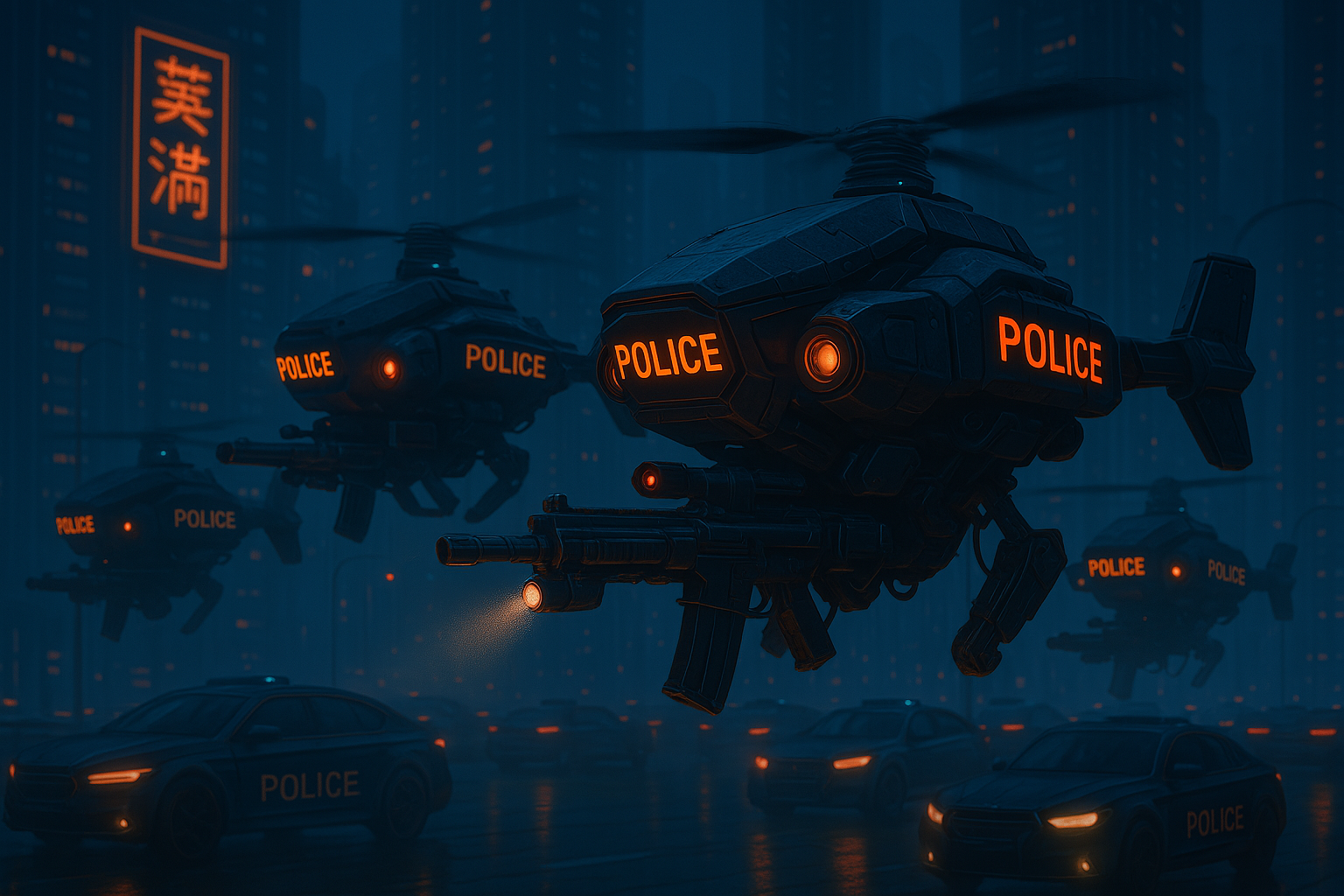
Cops wouldn’t just chase you. They’d predict you. Police cruisers would deploy from drone swarms, their AI predicting crime before it happens. High-speed pursuits would involve EMP bursts, hacking attempts, and the occasional AI duel as your car’s firewall fights off a digital intrusion.
And if you were really unlucky, you’d attract a Corporate Tactical Response Unit; rolling fortresses with enough firepower to level a block, all in the name of protecting intellectual property.
7. The Underground Racing Scene Would Be A Warzone of Tech And Flesh
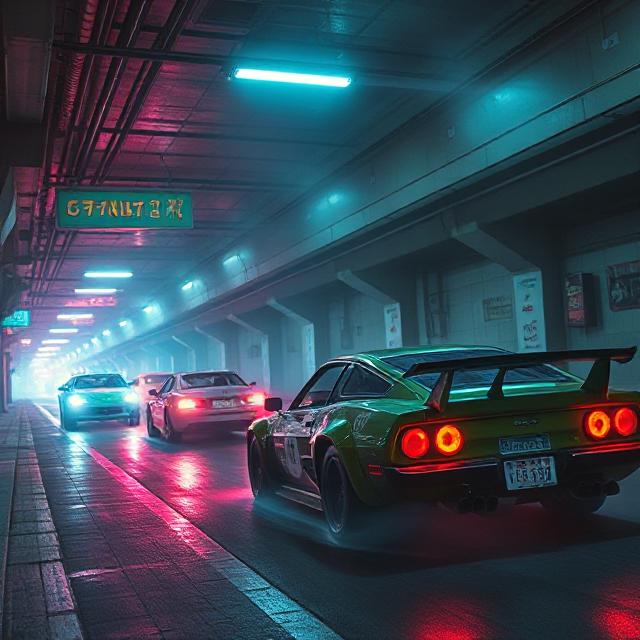
Street racing would have evolved from just being about speed to survival. Augmented drivers with reflex boosters would duel in death-defying circuits through collapsing industrial zones.
Some cars would be rigged with stolen military tech—cloaking devices, reinforced ramming blades, even short-range teleporters (if you were willing to risk your DNA getting scrambled). The prize would be cold hard crypto, black-market cyberware, or maybe just the right to live another night.
8. Traffic Jams Would Be Digital Battlegrounds
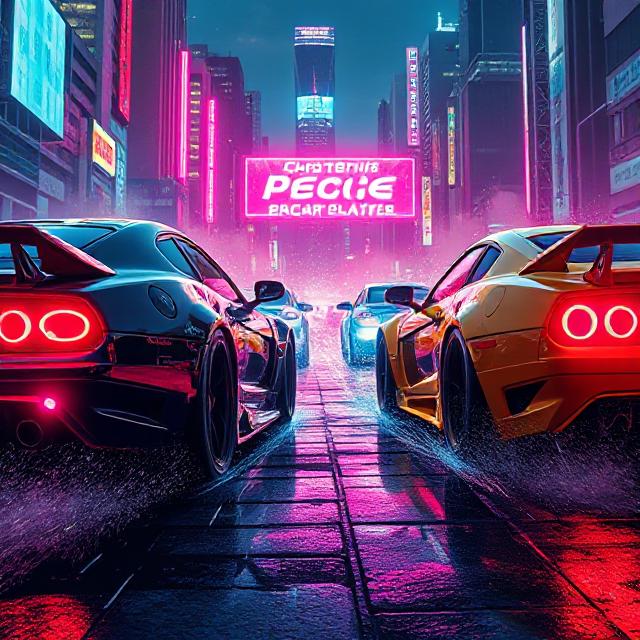
Gridlock in a cyberpunk city wouldn’t just mean sitting still. It’d mean constant low-level warfare. Hackers would hijack nearby cars, turning them into temporary roadblocks.
Advertisers would blast neural spam directly into your optic feed if you lingered too long in one spot. And if you were really stuck, you might get a ping from a local gang offering "escort services"… for a price.
9. The Wealth Gap Would Be Measured In Horsepower
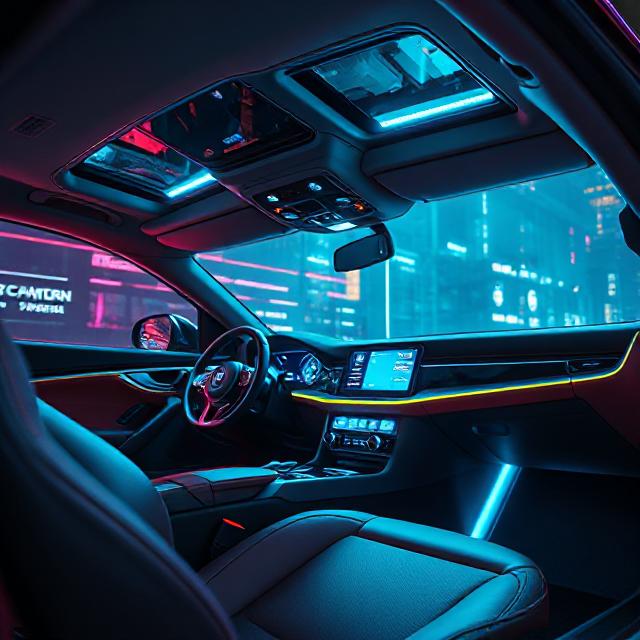
The rich wouldn’t just drive. They’d glide above it all in self-contained fortresses with built-in defense systems, luxury VR interiors, and AI that treated pedestrians as expendable obstacles.
The middle class? They’d cling to outdated models, patched together with aftermarket mods and prayer. And the desperate? They’d ride in jury-rigged death traps, held together by duct tape and black-market code, praying their stolen fuel cell didn’t decide to explode today.
10. Car Theft Would Be A High-Tech Heist

Gone are the days of hotwiring. Now, stealing a car requires hacking through layers of biometric encryption, outsmarting an AI that might be smarter than you, and maybe even fighting off the previous owner’s cyber-ghost if they had a neural backup installed.
The best thieves wouldn’t even touch the vehicle. They’d hijack it remotely, rewriting its identity in seconds before vanishing into the datastream.
11. Weather Would Be A Constant Engineering Challenge
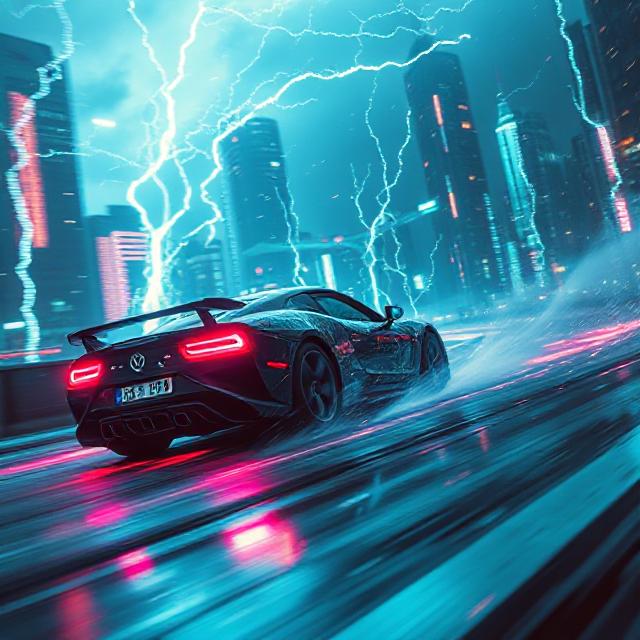
Acid rain? Nanotech storms? Black ice laced with data-corrupting malware? Cyberpunk cars would need defenses against it all.
Some would have force-field projectors to deflect debris, while others would rely on self-repairing nano-coatings that patch bullet holes in real time. And in cities where the smog is thick enough to chew, sealed cockpits with oxygen recyclers would be the only way to breathe.
12. The Soundtrack Of The Streets Would Be A Synthetic Roar
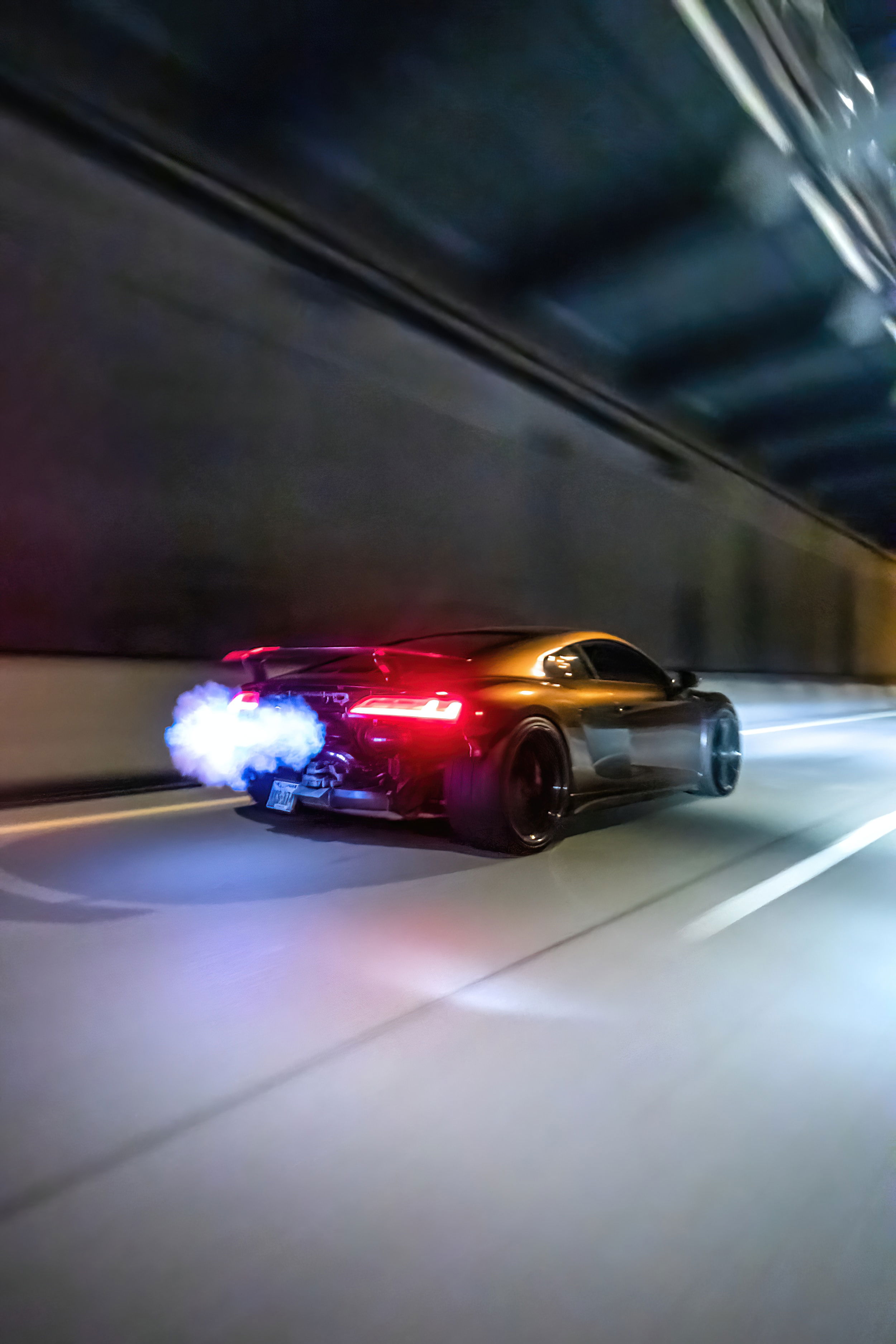
Forget combustion engines. These cars would scream with the sound of plasma turbines, the subsonic hum of anti-grav drives, or the distorted wail of a hacked police siren.
Some would even broadcast custom soundscapes, turning their engines into rolling sound systems that vibrate through your bones. And in the quietest models? Dead silence. Because sometimes, not being heard is the most dangerous thing of all.
13. Maintenance Would Be A Ritual Of Blood And Code
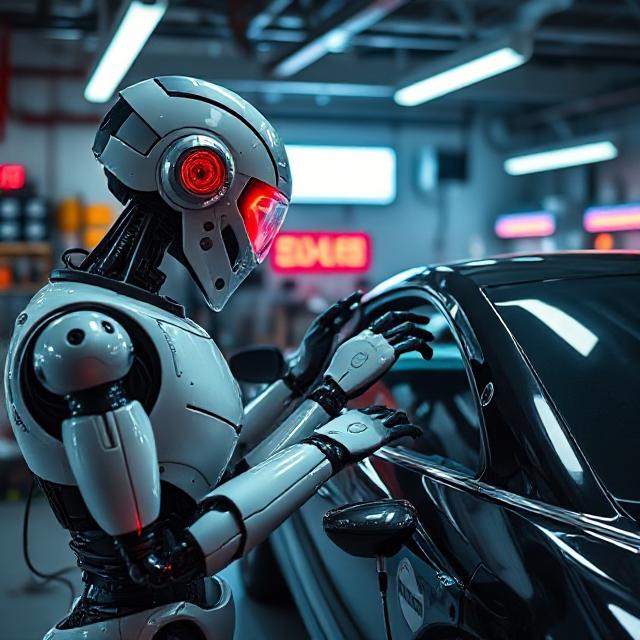
You wouldn’t just change the oil; you’d bargain with rogue mechanics who spoke in machine-code cant. Your car might demand sacrifices: a drop of blood to authenticate repairs, a fragment of your memories to keep its AI loyal.
And if you couldn’t pay? Well, there were always back-alley chop shops that would "fix" your ride… for a piece of your soul.
14. The Concept Of Ownership Would Be Fluid
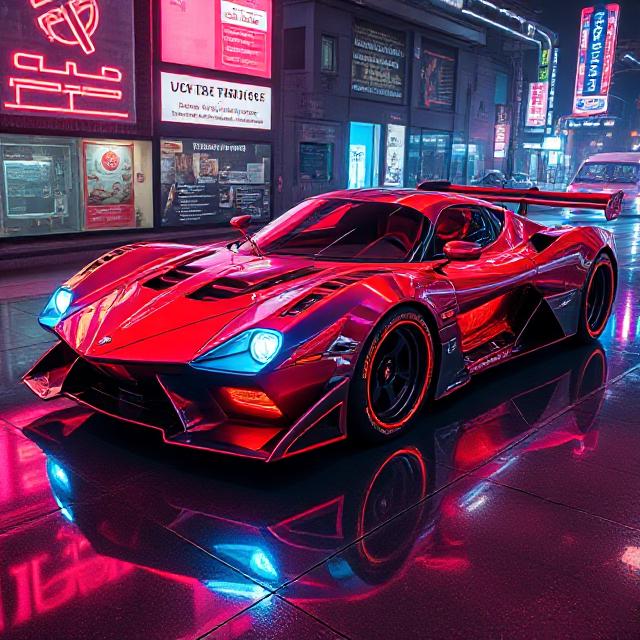
In a world of digital identities and corporate overlords, who really owns a car? Maybe you’re just leasing it from a megacorp that can repo it remotely if you miss a payment.
Maybe your vehicle is a sentient being that chose you. Or maybe it’s a stolen relic from a dead civilization, its original owner’s ghost still lingering in the circuitry.
15. The Open Road Would Be A Myth—But The Underground Would Be Alive
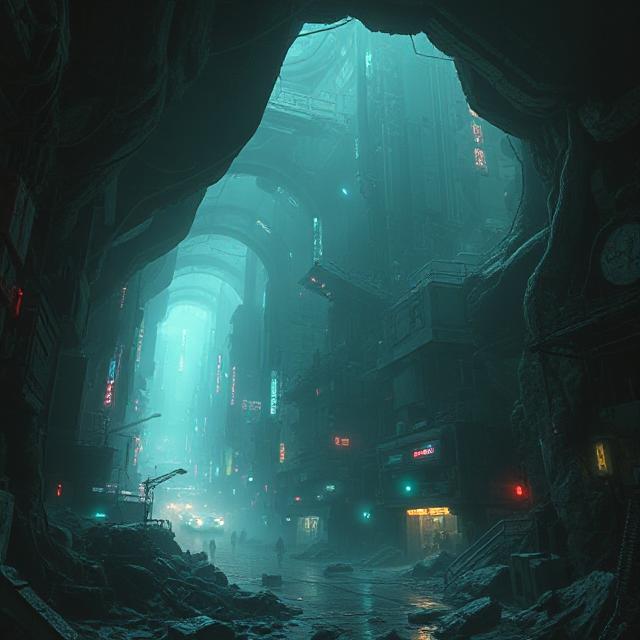
There’d be no more "cross-country road trips." Just endless urban sprawl, dead zones ruled by warlords, and the occasional smuggler’s route through irradiated wastelands.
But in the cracks between cities, in the tunnels beneath the neon, there’d still be drivers who remembered what it meant to be free. And they’d keep rolling, no matter how dark the future got.
What do you see? Tell us in the comment box below.